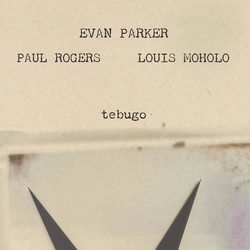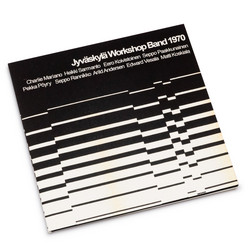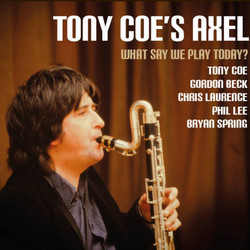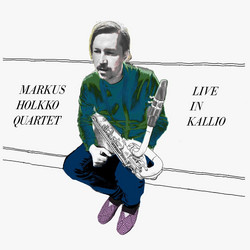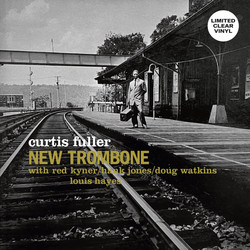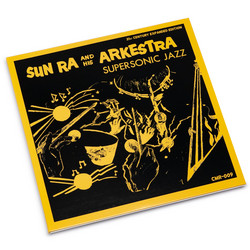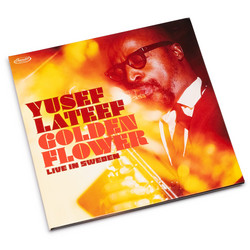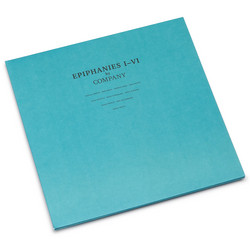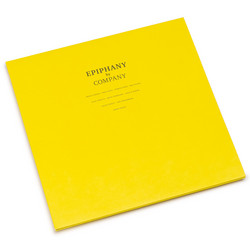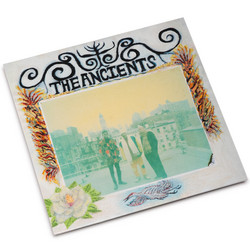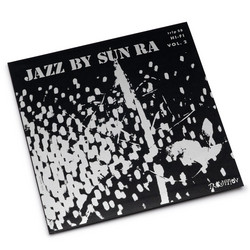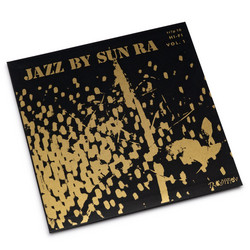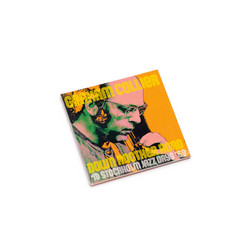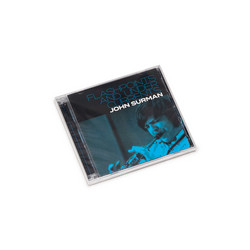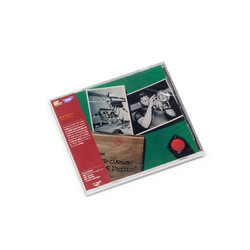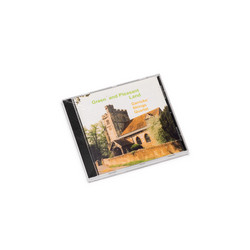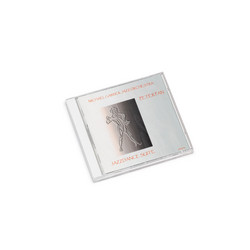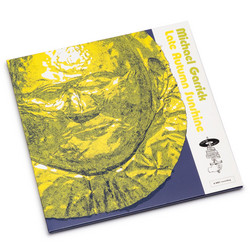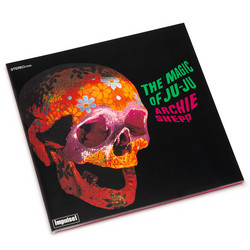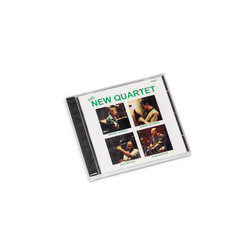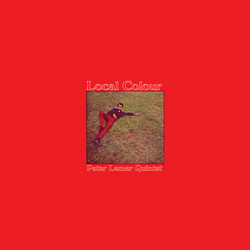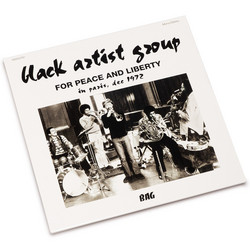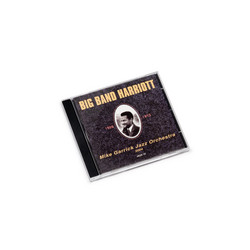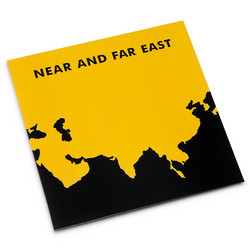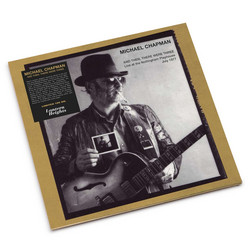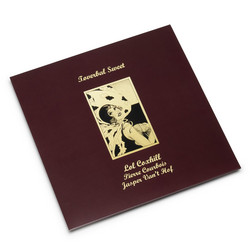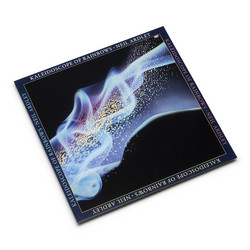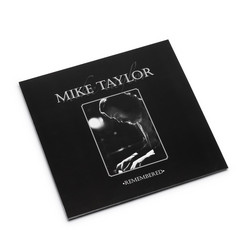Hampton Hawes Trio, Leroy Vinnegar, Donald Bailey
High In The Sky (LP)
Big tip! Hampton Hawes - one of the finest jazz pianists of the 1950s, a fixture on the Los Angeles scene who had brought his own interpretations to the dominant Bud Powell style - was rebuilding his career after five years in prison on heroin possession charges. Pardoned by President Kennedy in 1963, he'd spent the late '60s finding his way back, relearning how to navigate a jazz scene that had changed dramatically in his absence. High in the Sky, leading a dynamic trio with virtuoso bass player Leroy Vinnegar and drummer Donald Bailey, announced his full return: this was one of his best efforts, an original blend of post-bop and rare groove that proved he'd lost nothing during those lost years. The record opens with a rendition of Bacharach's "The Look of Love" - not the most obvious choice for a hard bop pianist, but Hawes transforms it into something both sophisticated and soulful, finding the jazz underneath the pop sheen. It's a statement of intent: Hawes in 1970 wasn't trying to recreate the 1950s. He was engaging with contemporary material, incorporating the groove-oriented approach that was reshaping jazz, while maintaining the harmonic sophistication and rhythmic drive that had always defined his playing.
Then there's the title track - eleven minutes of deep, soulful voyage. This is Hawes stretching out, the trio locking into a groove that's simultaneously relaxed and intense, giving each player space to develop ideas without losing the collective momentum. Vinnegar's bass work is exemplary throughout - his tone warm and full, his note choices impeccable, his time feel absolute. Bailey's drumming propels without overwhelming, understanding that the best accompaniment is attentive and responsive rather than flashy. Hawes' biography reads like a cautionary tale that somehow found redemption. Arrested in 1958, right as he was reaching his peak, imprisoned during some of jazz's most transformative years - missing the modal revolution, the free jazz explosion, the jazz-rock fusion experiments. When he emerged in 1963, the landscape had shifted. Many musicians in his position would have struggled to adapt, either clinging to pre-incarceration styles or awkwardly chasing trends they didn't understand.
But Hawes found his way. Albums like High in the Sky show how: by staying true to his core identity while remaining open to new influences, by leading trios that emphasized communication and groove over technical display, by choosing material that allowed him to demonstrate both his roots in bebop and his awareness of contemporary developments. The early to mid-'70s saw Hawes experimenting with electric piano - a move that disturbed his longtime fans but made perfect sense in context. Jazz was incorporating electric instruments, groove was becoming central, and Hawes was curious about new sonic possibilities. He'd return to acoustic piano before his death from a stroke in 1977, but those electric experiments weren't betrayals of his legacy - they were evidence of a restless musical intelligence that refused to be confined.
High in the Sky captures Hawes in the sweet spot - post-comeback, pre-electric experiments, fully confident in his abilities, leading a trio that understood his vision completely. The post-bop foundation is there - the harmonic sophistication, the rhythmic complexity, the bebop-influenced phrasing. But so is the rare groove sensibility - the emphasis on feel, the incorporation of soul and funk elements, the understanding that jazz could groove hard without losing its sophistication.
